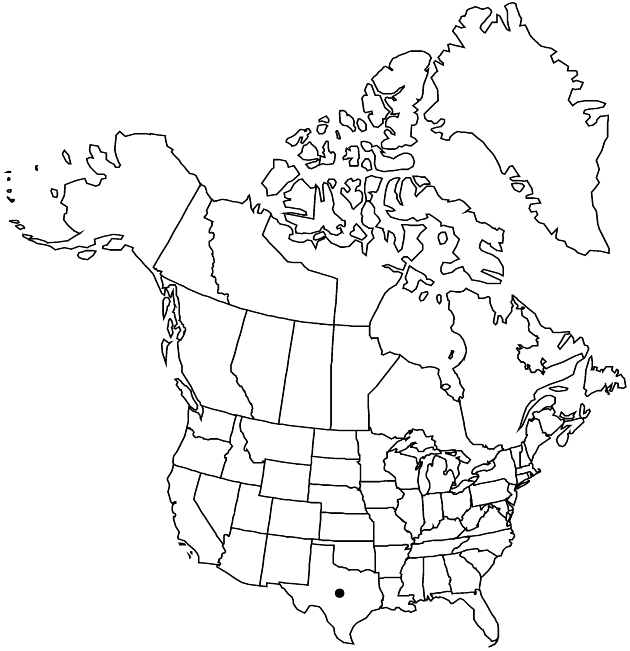Difference between revisions of "Perityle bisetosa var. scalaris"
Sida 3: 177, fig. 3. 1967.
EndemicConservation concern
imported>Volume Importer |
imported>Volume Importer |
||
| Line 54: | Line 54: | ||
|publication year=1967 | |publication year=1967 | ||
|special status=Endemic;Conservation concern | |special status=Endemic;Conservation concern | ||
| − | |source xml=https:// | + | |source xml=https://bitbucket.org/aafc-mbb/fna-data-curation/src/2e0870ddd59836b60bcf96646a41e87ea5a5943a/coarse_grained_fna_xml/V19-20-21/V21_808.xml |
|tribe=Asteraceae tribe Heliantheae | |tribe=Asteraceae tribe Heliantheae | ||
|subtribe=Asteraceae (tribe Heliantheae) subtribe Peritylinae | |subtribe=Asteraceae (tribe Heliantheae) subtribe Peritylinae | ||
Latest revision as of 20:14, 5 November 2020
Plants 6–12 cm. Leaves proximally opposite, distally alternate; petioles 2–4 mm; blades broadly ovate to suborbiculate, margins with 1–2 shallow serrations or lobes, faces scabrous-hispidulous; pappi of 2–3(–4) bristles (1–2 reduced). 2n = ca. 204.
Phenology: Flowering spring–fall.
Habitat: Crevices of limestone bluffs
Elevation: 1200–1600 m
Discussion
Of conservation concern.
Variety scalaris is known only from at or near the type locality east of the Dead Horse Mountains in southeastern Brewster County.
Selected References
None.
Lower Taxa
None.
